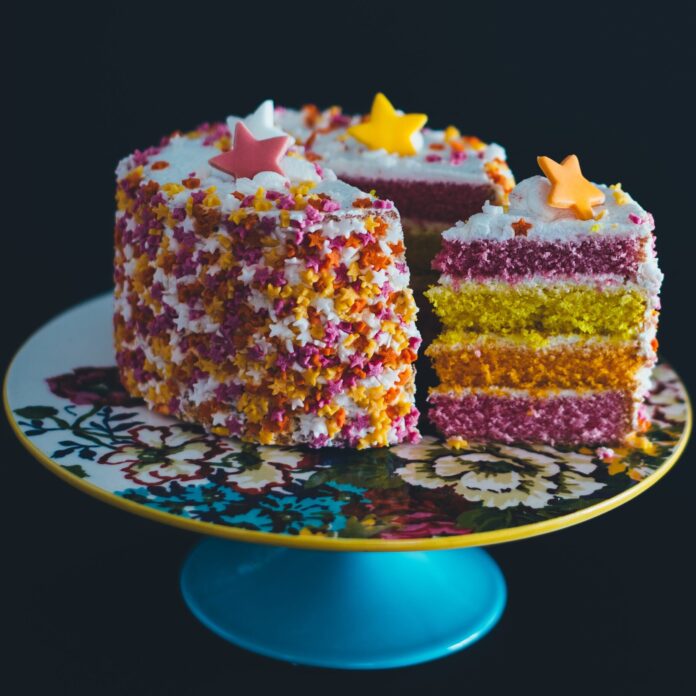Evidence suggests humans have been using plant dyes to alter the color of food for over 5,000 years. Only in the last hundred or so have synthetic colorants taken their place as the standard in most kitchens, but the use of these dyes is not without risks. Traditional food coloring is made from chemicals usually derived from petroleum or coal tar, which are then processed to create a wide range of colors. Many of these dyes have been linked to health risks such as allergic reactions and hyperactivity in children. Luckily, there are plenty of natural alternatives that are not only healthier but also add unique flavors to food. Here are a few we especially love.
Yellow & Red
Turmeric is ideal for creating a warm, golden yellow color in everything from cakes and cookies to candies and frostings. Add it straight to your recipe in ¼ tsp increments or boil 1 tsp in ½ cup water and reduce to make a liquid dye.
If you’ve ever cut beets, you know that their juice is quite a vibrant color. Beet powder adds a lovely pinkish-reddish hue to baked goods and is often used as a healthy alternative to red dye in red velvet cake.
Green & Purple
To color food green, mix 1 tsp matcha powder with a small amount of water to form a paste, and then add it to your recipe. Adjust the amount until you reach your desired shade.
For purple treats, ube and taro are your best bet. While not technically related, each of these root vegetables is a striking shade of purple and can be used in either their whole or powdered form to dye food.
Blue
Blue is quite rare in nature, and, as a result, creating bright blue shades with natural ingredients can be tricky. Blue butterfly pea powder is made from a flower found in Thailand and works perfectly to create vivid shades of blue.






